Den fumigation is the practice of flooding a sealed fox den with fatal concentrations of carbon monoxide to humanely euthanise any adult foxes or fox cubs in the den. In Australia, den fumigation is undertaken in fox breeding or birthing (natal) dens.
While den fumigation can decrease localised fox populations or problem individuals, it is not effective as a broadscale fox control strategy because of the significant time and labour requirements for each den and the limited number of foxes removed by this method.
Den-CO-Fume® cartridges are the only registered fumigant in Australia for fox den fumigation. Carbon monoxide is a colourless and odourless gas that induces oxygen depletion when inhaled, quickly resulting in unconsciousness and death without pain or discernible discomfort. It is also highly toxic to humans, and so great care needs to be taken when undertaking den fumigation.
Fumigating fox natal dens is a humane method of fox control if concentrations of carbon monoxide are high enough for a rapid death. Cubs should be more than 4-weeks-old to make sure they are fully susceptible to carbon monoxide. It is also important to avoid exposing animals to high temperatures as Den-CO-Fume® cartridges are ignited.
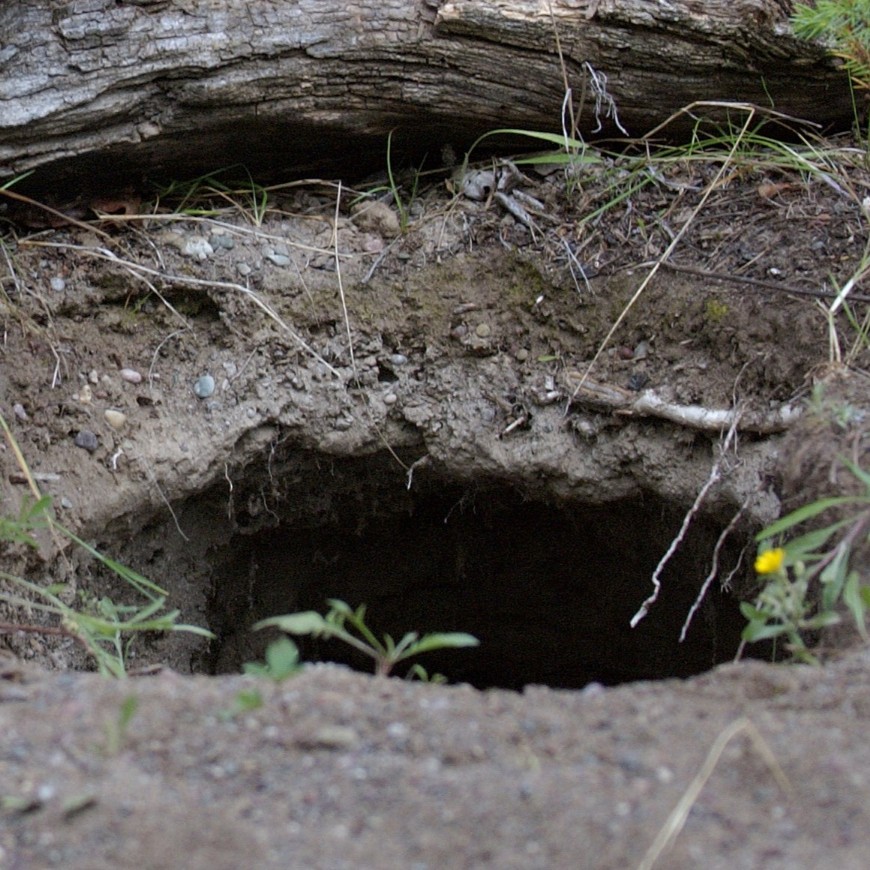
Fox dens are not always easy to find. Entrances are circular or keyhole in shape approximately 17 to 22 centimetres in diameter. There is often more than one entrance to a den, especially for natal or pup-rearing dens. Photo D. Baronoss via flickr.
Advantages
- Den fumigation is a humane fox control method.
- Den fumigation can be undertaken in adverse weather conditions, such as wet and windy weather.
- Den fumication is an important tool for fox control in urban and peri-urban areas, where other tools like baiting is limited.
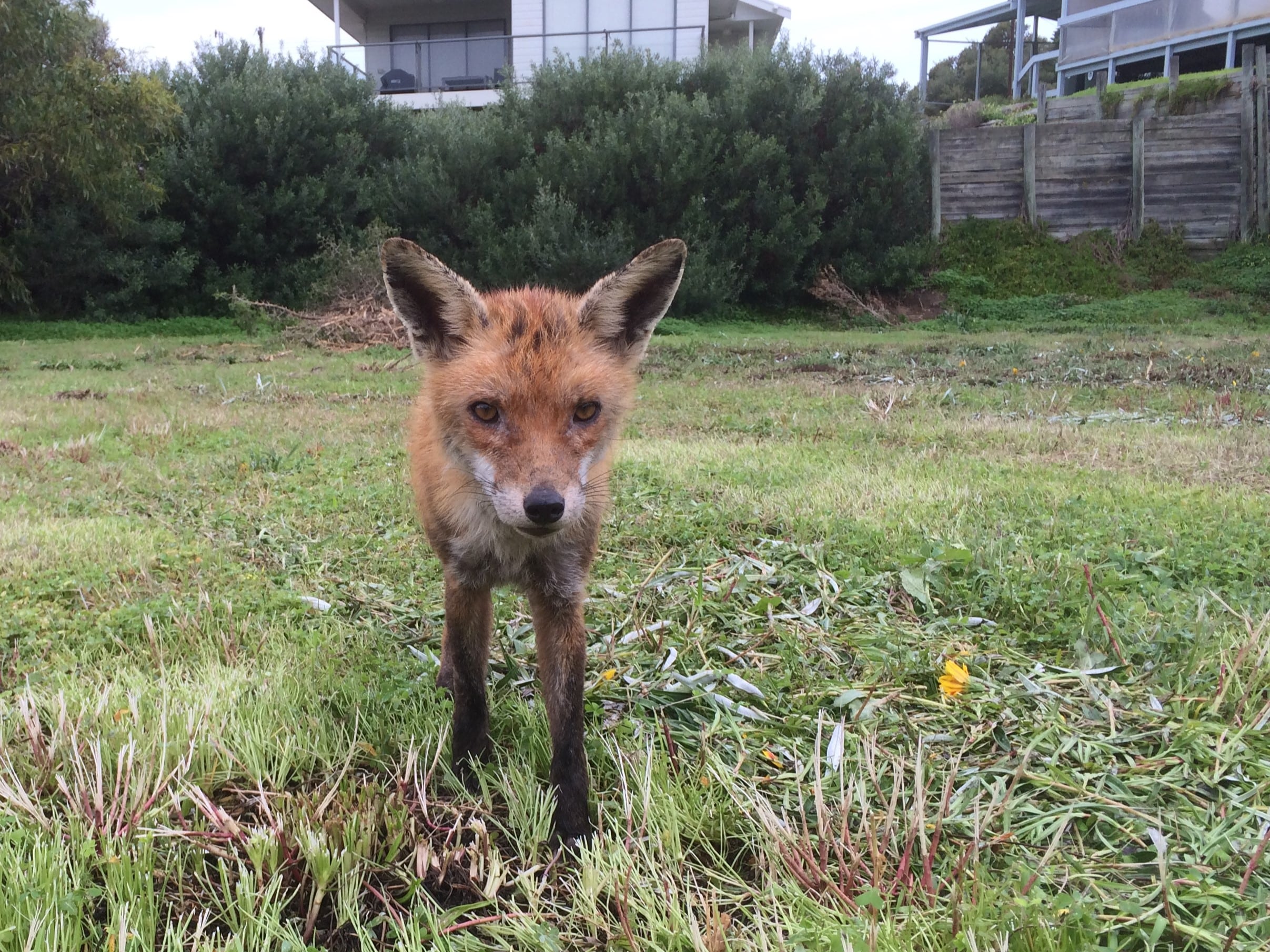
Fox den fumigation is a useful tool in urban and per-urban areas. Natal den fumigation needs to be undertaken between when pups are more than 4 weeks old and before they leave the den for good. Photo: Sandy Cummings.
Things to consider when fumigating dens
- Den fumigation is not effective as a landscape-scale fox control method.
- Den fumigation time-consuming and labour-intensive.
- Den fumigation should not be carried out in dry hot weather when there is a fire risk.
- Den fumigation carries risks to humans.
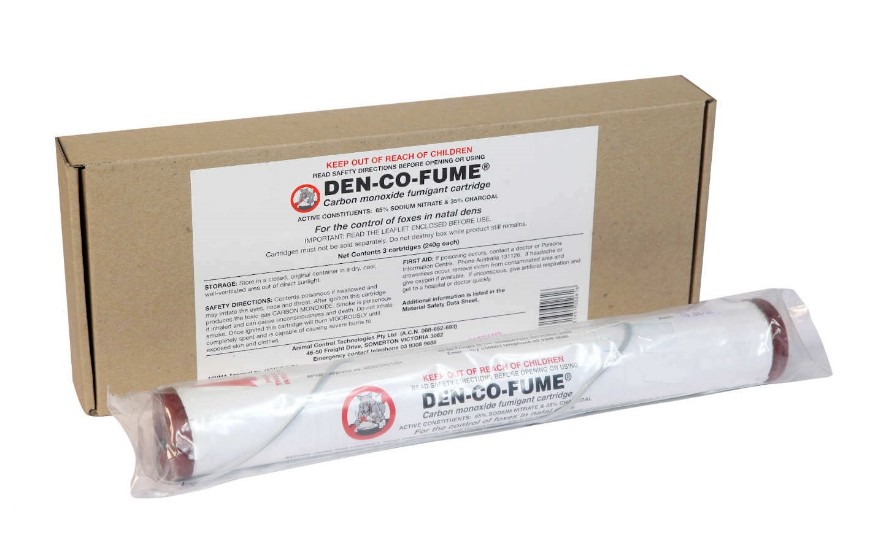
Den-CO-Fume® is the only registered fumigant for fox dens. Photo: Animal Control Technologies (Australia).
Effective use
Fox den fumigation is best suited to addressing specific, local fox challenges, such as targeting active dens within lambing paddocks or close to poultry facilities or turtle and shorebird nesting beaches.
Den fumigation is primarily carried out during August and September when fox cubs are born and the vixen remain within the den.
To be effective, specific conditions must be met, such as:
- sealing all den entrances
- using sufficiently high concentrations of carbon monoxide for rapid death
- ensuring targeted fox cubs are older than 4 weeks but still in the den
- avoiding exposing animals to high temperatures as Den-CO-Fume® cartridges are set off.
Before fumigating, check that native animals are not using the den by looking for scats, tracks and remains of prey or setting up motion cameras.
Adhere to instructions on the Den-CO-Fume® label and the material safety data sheet from suppliers, and any guidelines issued by state and territory authorities.
To be effective and to ensure best practice den fumigation for fox control you should comply with:
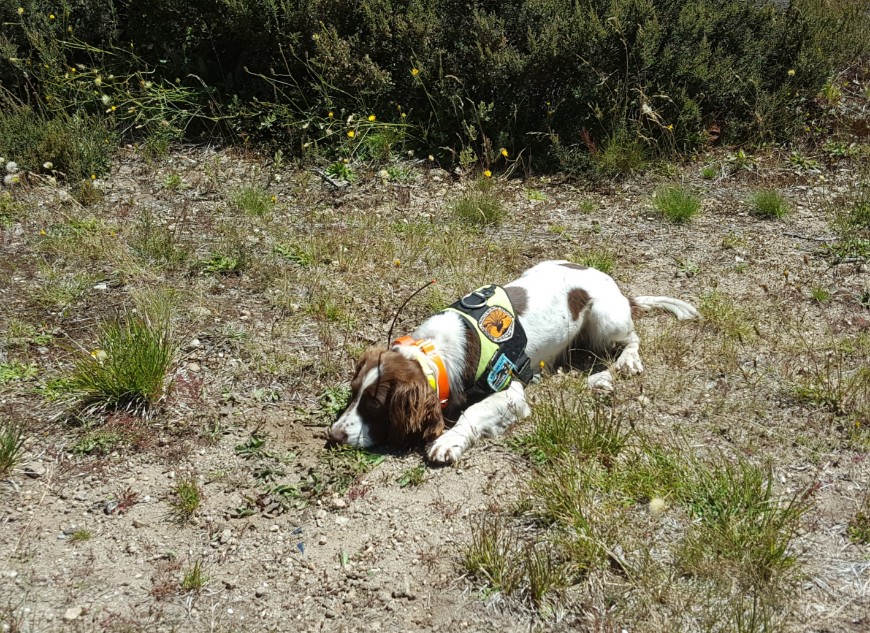
Den fumigation can be an important tool where other tools are restricted, such as urban beaches important for bird and turtle nesting. Detection dogs are known to greatly improve the success of locating dens. Photo: Steve Austrin.

Targeting specific areas and times, such as lambing paddocks or bird and turtle nesting beaches, is best for den fumigation. Photo: iStock.
Laws for fox den fumigation
Den-CO-Fume® is the only registered fumigant for fox den fumigation.
Den fumigation using Den-CO-Fume® cartridges is allowed in all states and territories.
Extreme care must be taken to ensure human safety as carbon dioxide is deadly.
You must have landholder or land manager permission if fumigating on someone else property or public land.
Contact your state or territory for more information on regulatory requirements for your program.
Banner photo: Jake Relf.
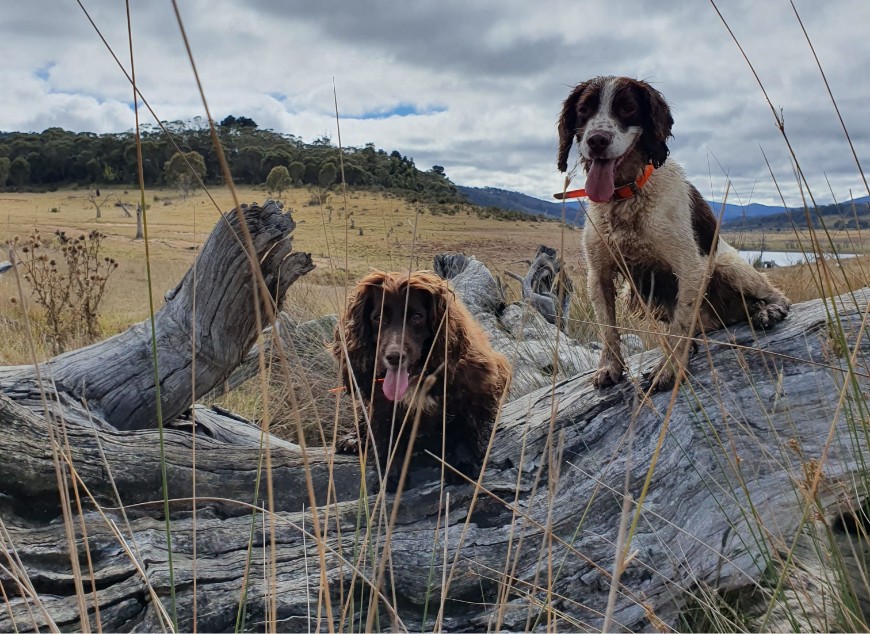
Conservation detection dogs can be trained to sniff out foxes to improve the chances of finding a fox den. The dogs are not used to catch the fox, only to find them. Photo Steve Austin.
